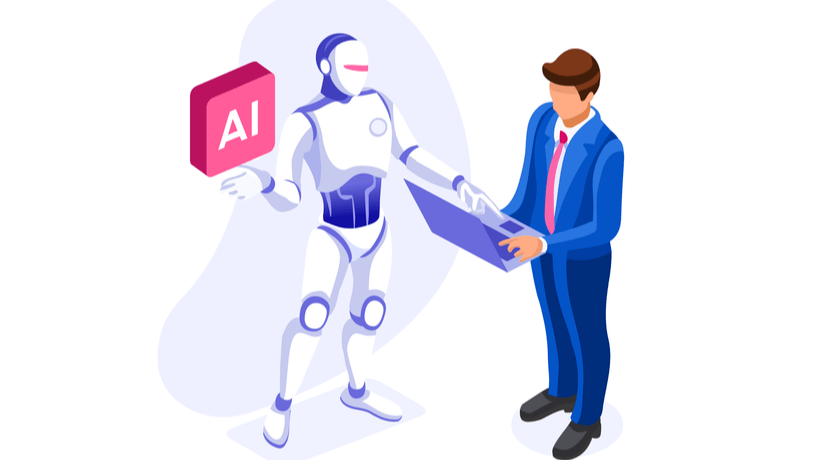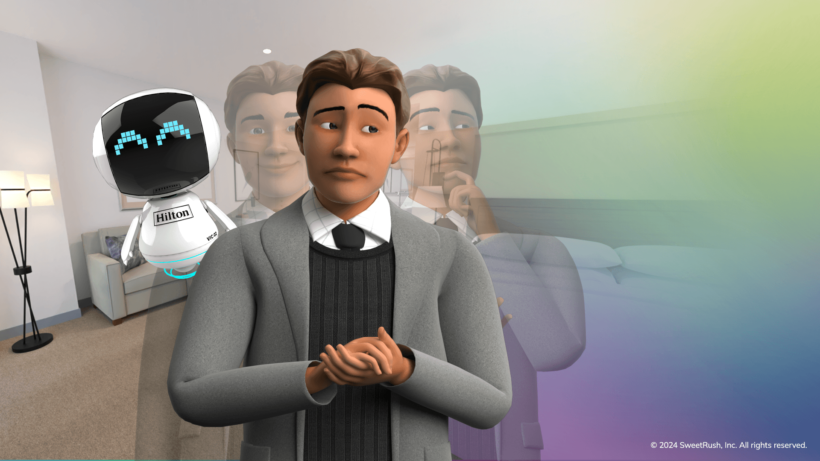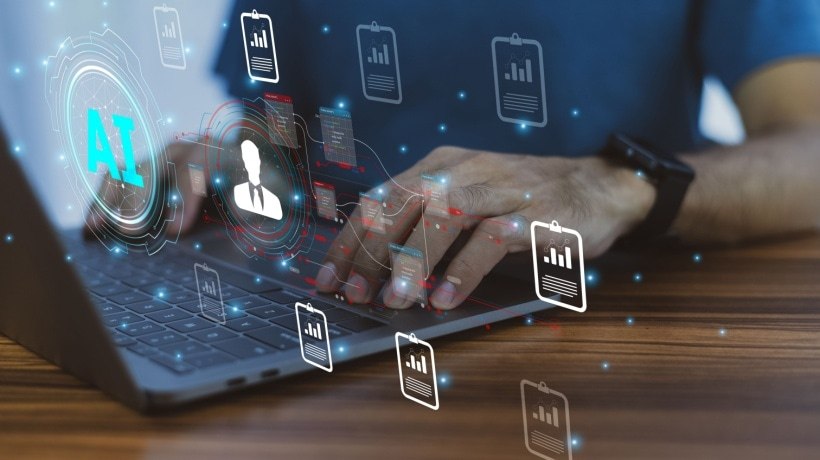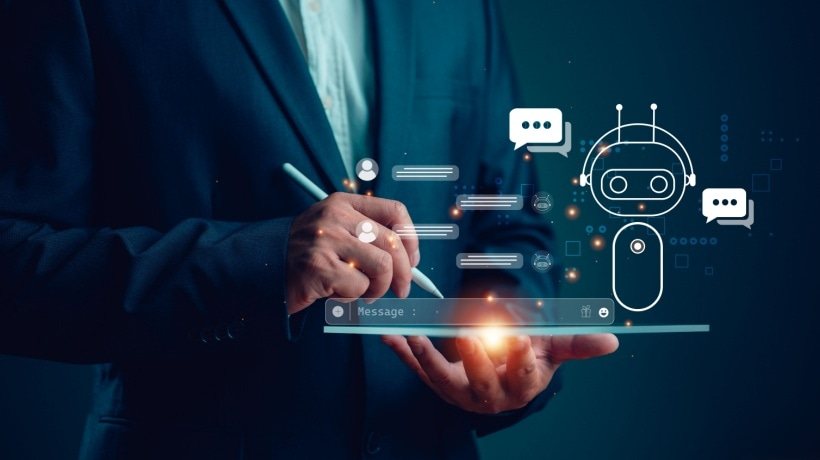Building A Learning Culture With An AI Virtual Coach
Companies are increasingly putting themselves into the shoes of their employees to develop strategies that will result in a more committed and productive workforce. Cultivating a learning culture can be a constructive step in this direction. Prioritizing learning with a significant focus on upskilling and reskilling is the need of the hour.
Transformation of workplace culture into one that promotes continuous learning doesn’t happen overnight, but some steps can be taken to get started. To begin with, organizations should start focusing on delivering better learning experiences. Talent retention was never easy, and the global pandemic has made this all the more challenging. According to a study, 38% of employees are engaged and 13% are actively disengaged at work.
Unique Learning Experiences: The Secret Sauce
With a focus on making this cultural transformation successful, organizations are required to include learning into their core values and build a firm belief of leadership support among employees. The crucial part is to design a top-notch learning experience. It can be easily done by prioritizing the following key components:
- Make learner-centered strategies a priority
- Make learning available in the flow of work
- Include rewards as a key component
AI is everywhere, and it has a lot of potential in the L&D world. We discussed the significant role of AI in "making learning an everyday work" in full detail in one of our previous blogs. In case you missed that one, read here.
AI Bots For Close Interactions
For quite some time now, many companies have been using AI bots to provide cutting-edge digital customer interactions. According to research, consumer retail spending via chatbots is expected to reach $142 billion by 2024. Chatbots encourage engaging dialogues, and AI allows the bot to be responsive, agile, and adaptable. Chatbots that are more advanced learn from each conversation, identifying preferences and providing recommendations based on previous requests. Chatbots enable collaborative working practices by facilitating information exchange, making learning an everyday part of the workflow, and providing a training experience that is similar to conversing with a colleague...a few of the many ways chatbots make meaningful interactions by providing efficient learning support.
Furthermore, AI-based bots can readily adjust to each person's learning demands and help them attain a more meaningful learning experience.
However, every organization has its own distinct and structured work ecosystem, which cannot be denied. The integration of an AI coach into an existing workplace ecosystem is what L&D leaders are concerned about.
Integrating AI Into An Existing Workplace Learning Ecosystem
AI is increasingly being adopted and implemented into businesses of all sizes to increase revenue, lower operational costs, engage with customers, and automate day-to-day tasks. HR professionals are using AI to speed up the sorting and filtering of resumes, onboarding candidates, creating new roles, and altering organizational structures. Also, HR leaders need to respond with effective and adaptive learning and development programs that will not only help train people but also lead to measurable payoffs.
AI integration in the workplace is surely going to unravel unexpected benefits. Organizations can make AI integration successful by taking the following 4 areas into consideration.
- Identifying the sweet spot inside an existing ecosystem where AI can be implemented. For instance, let us suppose a company adopts Microsoft Teams as a productivity tool. A layer of AI-enabled virtual coach could be introduced into the Microsoft Teams environment to assist users.
- Delivering content at the point of need with the help of an AI-enabled virtual coach. For content to be AI-ready, it must be searchable, accessible, integration-friendly, and include meta-tags for media material to facilitate access. When a learner seeks an answer to a question without going through the complete learning material, an AI-enabled virtual coach can provide an answer within a matter of seconds.
- A virtual coach, by gauging numerous learner metrics and learning patterns, can measure learning outcomes. This outcome-based learning approach is an effective way to build specific competencies in a learner to master several skills. This can increase employee motivation and can instill trust in employees.
- AI-powered chatbots can double employee engagement by helping organizations stay connected with their employees through continuous feedback, and capture and handle various aspects of an employee’s learning lifecycle.
What is it about this coach that makes it so effective? Undoubtedly, the ability to deliver personalized learning experiences. The image below depicts a high-level workflow of a virtual coach in the flow of work.
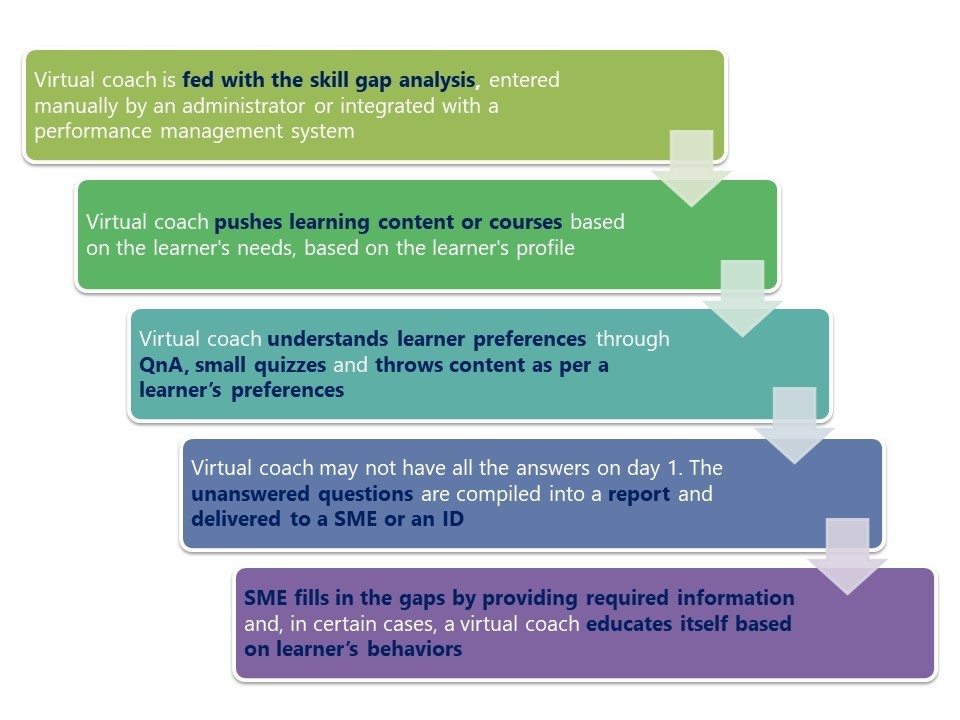 (AI-enabled Virtual Coach Workflow)
(AI-enabled Virtual Coach Workflow)
Perhaps AI is on its way to becoming the next technological advancement, and this has already started. By combining big data and other machine learning technologies, AI-powered virtual coaches can bring a multitude of benefits to the table. Providing proactive support to the learners, understanding learning preferences, and keeping learners up to date are some of the benefits of an AI-powered virtual coach. It also generates an ecosystem of nudges to boost learning and supports ongoing performance management.
Organizations are moving from a culture of training to a culture of learning. Technology has an important role to play here, and AI is on its way to becoming the next remarkable thing in L&D.
Are you planning to incorporate AI into your workplace to improve learning and development?
